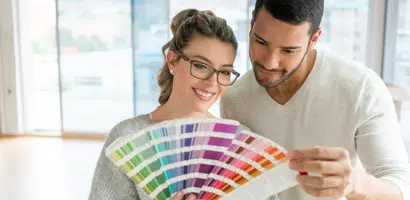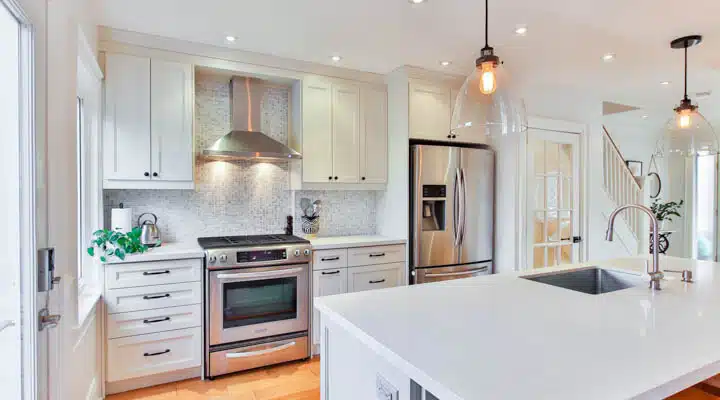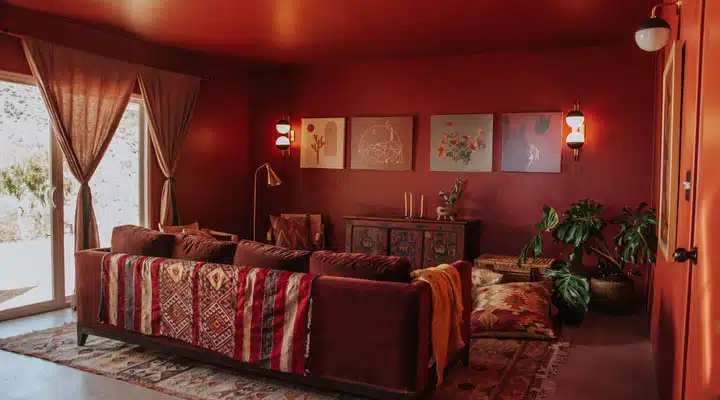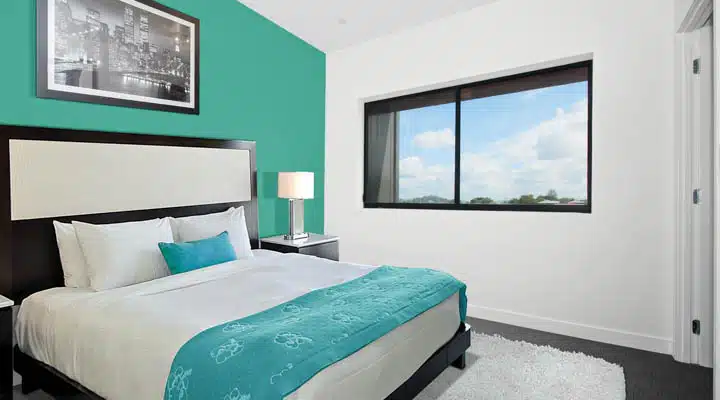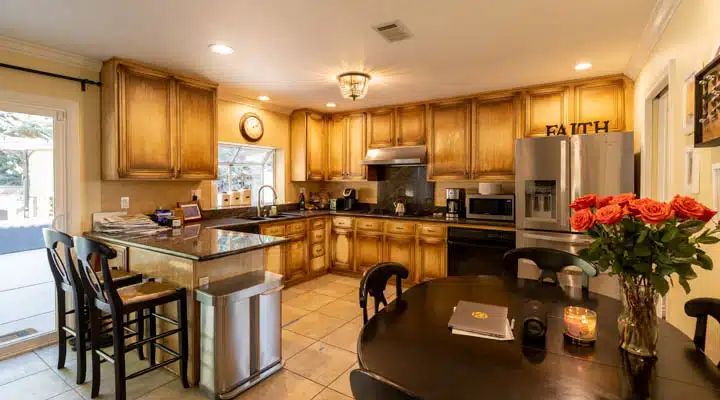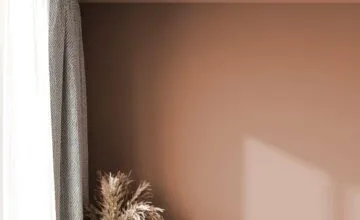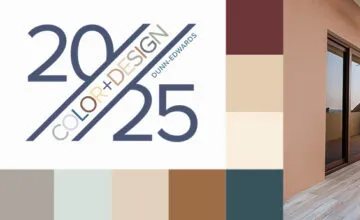The Importance of Lighting in Design
11/10/2021 | specs+spaces staff |
One of the best and most exciting places to start in crafting the look and feel of a space is choosing a paint color. However, it’s crucial to also think about light sources when designing a space. While it might seem like sifting through paint color swatches is the end of the color-picking process, as interior designers know, choosing a paint color also means considering it under an array of lighting scenarios. Color can actually look dramatically different from room to room given the interplay of a light source on that color.
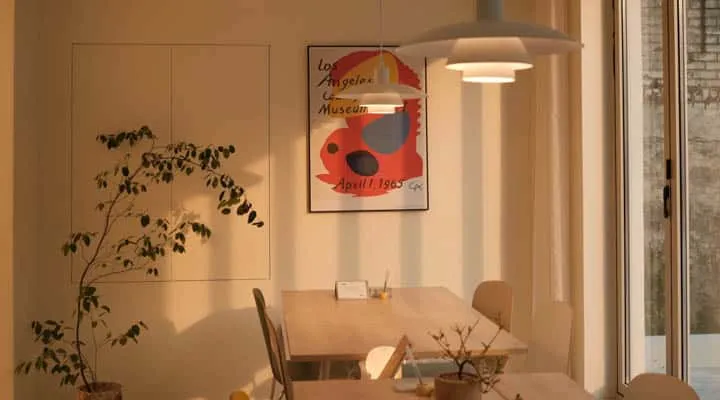
Why Color and Light Interact
In fact, interior designer Paul Heintz of Pasadena-based Parker West Interiors echoes this sentiment,“a color will change throughout the day just as the sun changes color throughout the day,” he explained.
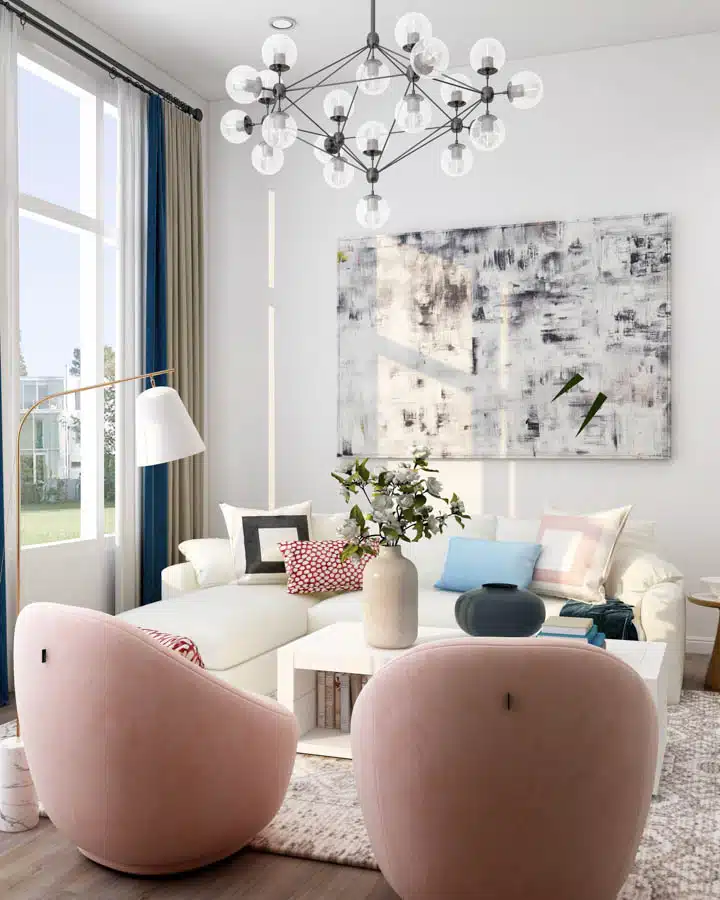
Knowing that the quality of light and square footage of a space will interplay with a color, Heintz often gives his clients several color options per room. He paints four to six swatches on a wall so clients can take note of how each shade looks throughout the day, and whittle swatches down to a favorite color choice.
A Primer on Lighting Design
The first place to start in understanding light’s impact on color is to understand the three different types of lighting options. Design Editor for Lamps Plus, John Barnes, notes there are three main types of lighting to consider in rooms: task, ambient, and accent. The first is task-oriented lighting, the kind Barnes says you’ll find in kitchens, studies, closets, bathrooms and garages—all places where people need to accomplish specific tasks. This kind of lighting is found in overhead and recessed can fixtures and is often cooler (read “bluer”), brighter and focused on horizontal surfaces where work is accomplished like islands, countertops and tables, he stated.
Ambient lighting is warmer in color, typically yellow in hue, and creates an inviting and relaxed atmosphere, perfect for living rooms and bedrooms. Mark Cutler, interior designer for LA-based firm Cutlershulze mentions that ambient lighting, like pendant lights or chandeliers, are meant to help people see throughout a room, shining light on vertical spaces like walls, cabinets and artwork. “It helps to create depth and allows your eye to navigate the room. This is fantastic light for creating mood or drama, as highs and lows will create visual interest in a space,” he stated. For ambient lighting, reach for table lamps or spotlights, Cutler added.
The third type of lighting is accent lighting. Accent lighting adds further visibility in a room as well as visual interest. Floor lamps and bookshelf lighting are great examples of accent lighting in a space.
Lamps Plus’ Barnes, along with Cutler of Cutlershulze, and Parker West’s Heintz agree that proper lighting can make any room or home feel more comfortable and inviting. “We always tell our customers that they should look to use layers of light in any given room,” stated Barnes, allowing for people to use their spaces for a number of uses. “Flexibility in any lighting plan is the key,” he explained.
Lighting’s Interplay with Color
Paint color isn’t the only thing with a hue—lighting also has variations of intensity and tone, all of which are imbued upon a room’s paint. Lamps Plus’ Barnes notes that most people opt for yellow-tinted lighting rated at around 2900K in temperature. This color light tends to make red and yellow paint colors on walls and artwork pop, yet it also has the tendency to subdue blue, gray, and green color tones. This temperature of lighting can also skew the look of white shades too, as former Dunn-Edwards Professional Color Advisor, Heidy Lainez learned firsthand.
photo credit: Claire THomas
Lainez recounts one time a couple came into her southern California Dunn-Edwards location, concerned because the white shade they painted in their space looked different than they’d anticipated based on the original color swatch. When Lainez asked the couple to bring a paint sample from the room, she was able to locate the problem and offer a solution: “Sure enough the color was white. Their lighting was very yellow, almost orange, so a white paint in their house looked yellow. I had to tell them they needed to change their lighting,” she explained.
On the other hand, Lamps Plus’ Barnes notes that white-looking light at 3000K or bluish light at 5000K will make blue and green-hued walls more vivid, while muting warmer wall colors.
When considering lighting schemes, Barnes’ biggest tip is to make sure that light sources in a room are cohesive, throwing the same color temperature. “This gives a consistent look to the room, and also means that the quality of light interacting with your wall colors is of a consistent nature,” he stated.
Color’s Effect On Lighting
Not only does light affect the way we perceive color, it works the other way around too—where color choices on surfaces and walls affect the way we perceive light and space. Interior designer Shalena Smith of Shalena Smith Interiors notes that when she brightened her existing kitchen cabinets with Whisper (DEW340), painted her walls with Antique Paper (DE6218), and added light quartz countertops, her friends wondered aloud if she raised the ceiling in the kitchen. Because she renovated her kitchen with brighter hues, light bounced off each of the surfaces more easily, tricking the eye into thinking the room was larger, even though Smith didn’t expand her kitchen’s existing footprint.
Armed with this information about lighting’s impact on color and design, maybe you’re ready to try currently trending warm color palettes or dive into Dunn-Edwards rich and comforting 2022 Color of the Year, Art and Craft (DET682).
Featured Articles
-
 Best Oranges for the Perfect Summer Beach Cottage
Best Oranges for the Perfect Summer Beach Cottage
-
 Get Ready for Fall with These Trendy Color + Design Moods
Get Ready for Fall with These Trendy Color + Design Moods
-
 Try These Color Palettes To Nail A Tomato Girl Summer At Home
Try These Color Palettes To Nail A Tomato Girl Summer At Home
-
 Embracing Barbiecore: Popular Pinks Throughout The Ages
Embracing Barbiecore: Popular Pinks Throughout The Ages
-
 The Color Yellow: Essential Color Theory, Symbolism and Design Application
The Color Yellow: Essential Color Theory, Symbolism and Design Application






